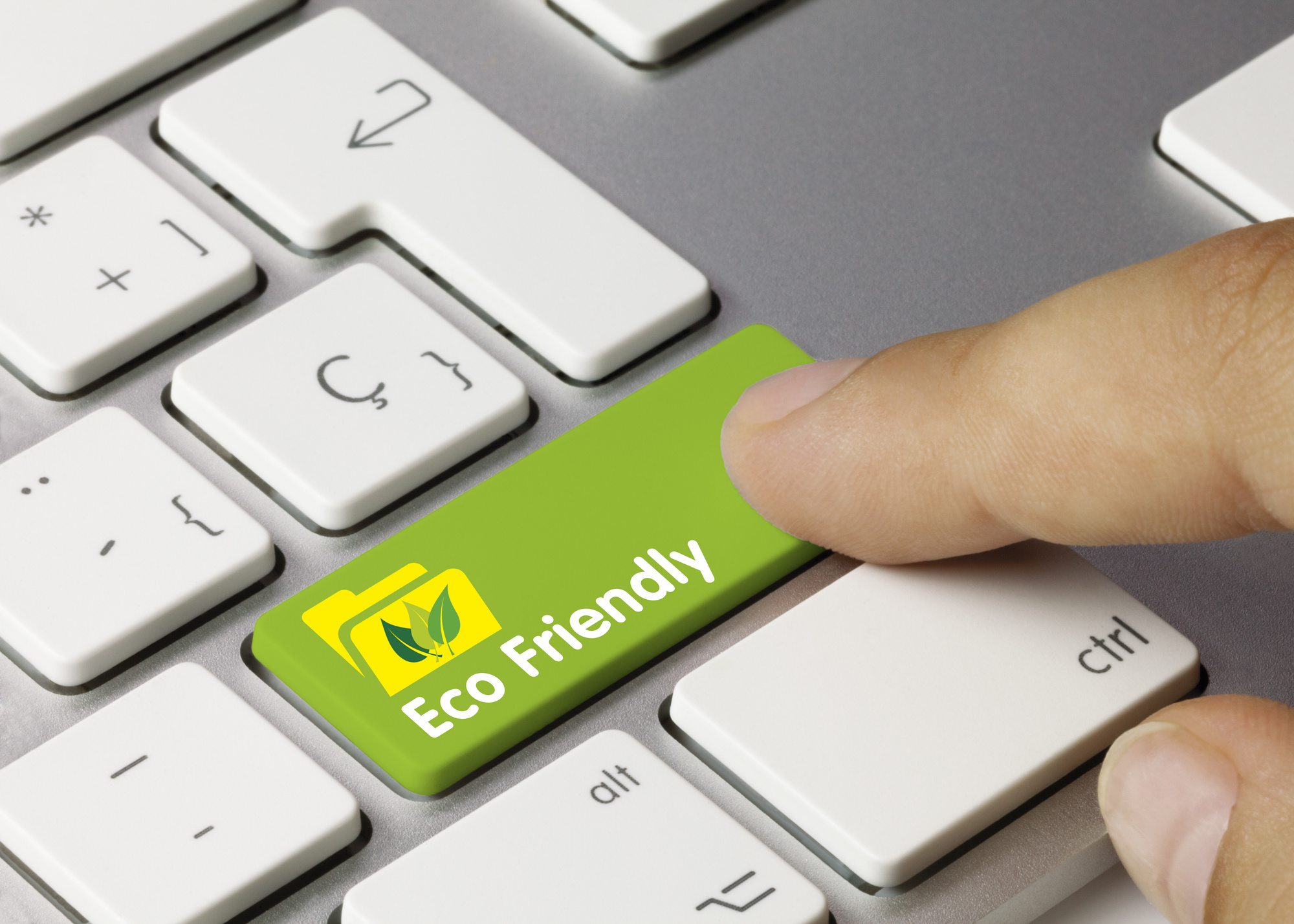Did you know that environmentally friendly websites are not just a possibility but also very user-friendly?
It’s easy to assume websites carry no environmental repercussions. But the truth is, websites utilize a large amount of electricity and this use is only growing. While many businesses are now adhering to a more green lifestyle, creating an eco-friendly website is an important step–and one that is often overlooked.
US data centers, which store and distribute website data, used 70 billion kilowatt hours of electricity in 2014. Since this year, the numbers have continued to increase and at a rapid rate.
If you have an eco-friendly business, there’s no denying you should have an eco-friendly website.
Are you interested in reducing your online carbon footprint? Read on to learn four simple steps required to create an environmentally sustainable and successful website.
1. Choose Green Website Hosting
This is our first and potentially most important step toward creating an eco-friendly website.
One thing many website users fail to think about is the carbon footprint that results from their website hosting. After all, it’s easy to assume that because we’re dealing with pixels rather than paper that environmental harm is non-existent.
That assumption, however, is false.
Web hosting servers consume copious amounts of energy to keep them running 24/7. As a result, each web hosting server produces around 1390 pounds of CO2 each year. By the year 2020, the web hosting industry is predicted to surpass the airline industry in environmental pollution.
It’s clear that something needs to change. This is where green web hosting comes into play.
Green servers generally run on 100% renewable energy. Take, for example, this site that offers green web hosting. It still offers the same features as conventional hosting sites, like unlimited domains and lightning fast websites. But it also has the added benefit of being environmentally friendly.
Feeling a little worried as to how much this is going to cost you? Don’t fret. Environmentally-friendly web hosting is generally priced to match conventional hosting.
It looks like this one just might be a no-brainer.
2. Offer Green Options to Users
This next step may sound simple, but the results from such as simple change are plentiful.
If you’re really looking to make your site eco-friendly, ensure that your website is set up to be environmentally printer-friendly. This can be done through various plugins.
How does this work? If a user opts to print something off of your website, these plugins will create a more printer-friendly version of the content. This means insignificant graphics such as advertisements are removed, the font is smaller, and navigation items are removed.
This is a simple yet very effective alteration to make.
To take things one step further, you can also offer eco-friendly incentives to customers. This is a great way to get return visitors to your site. Consider offering incentives such as planting a tree for each subscriber or donating a portion of the profits from each sale.
The truth is that people like supporting businesses that care about the environment. This helps to increase traffic to your website and benefit the environment.
3. Run a Lighter Site
While we’ve covered how to environmentally enhance your hosting service and hardware, there’s still work to be done.
One very overlooked factor in maintaining an eco-friendly website are the elements and designs of your site. What graphics and animations are you using? What type of code are you using? Is your palette as eco-friendly as it could be?
While these factors may seem insignificant at first, they play a very important role in reducing your virtual carbon footprint.
Inefficient code or heavy graphics tend to utilize more power. As the website sits idle to load these more complicated graphics, power is continuing to be used. This is also the case for any animation or videos automatically be played on a website.
It’s also important to consider your websites color schemes. Darker colors, such as a black background, require LCD monitors to use more electricity to display them.
In the end, do your best to stick to simple, light color schemes. Minimize the number of graphics and videos being displayed on your website.
Simplifying your website is not only beneficial to the planet but user-friendly as well. Some of the most successful blogs and websites have very simple and user-friendly designs. This helps to enhance your audiences overall experience on your website.
4. Word of Mouth
This next step is simple and yet just might be one of the most important steps you can take.
Spread the news like wildfire! Yes, it’s as simple as that.
Most people are unaware that eco-friendly website designs exist or how easy this transition is. All it can take is simply letting your readers know that these options are available for their use and which steps to take.
How can we do this, exactly?
Updating your own website(s) is a great place to start. From here, you can educate your workplace on the benefits of eco-friendly website design and how simple these changes are. If an entire workplace is willing to transfer to an eco-friendly alternative, the benefits to our environment are many.
There’s a reason word of mouth is considered to be one of the most powerful tools for new ideas.
Time to Build Your Eco-Friendly Website
Do you feel ready to take one more step toward reducing your carbon footprint? Changing to an eco-friendly website is a simple yet oh-so-effective way to lead a more green lifestyle.
After all, if you run an eco-friendly business, it only makes sense to have an eco-friendly website. Having a green website can also help to set your business apart from others. It’s also something that you can feel good about and, once set up, never have to think about again.
By following these four simple steps, you can rest assured that your website is contributing to bettering our environment.
To learn more simple steps for creating your most successful website, don’t hesitate to learn more here.




